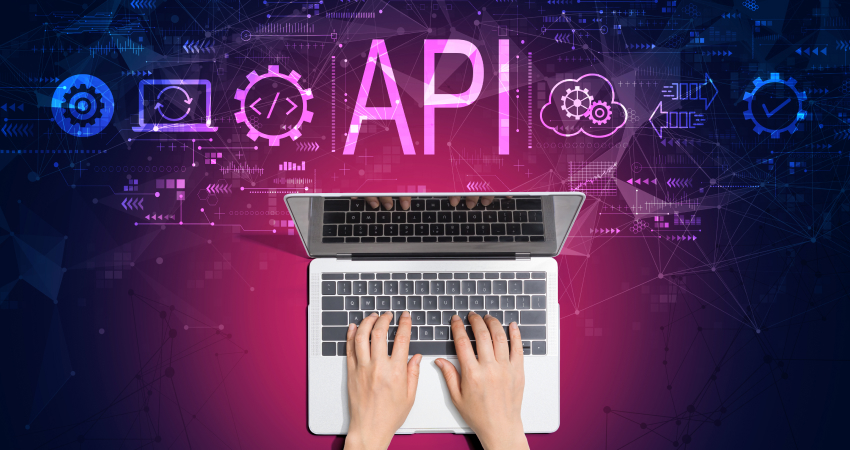Introduction:
The software development landscape is constantly evolving, with new technologies and trends shaping the industry. As we approach 2023, it’s essential to stay updated on the latest trends that will influence the future of software development. In this article, we will explore the top 20 software development trends for 2023, discussing their significance, potential impact, and how they will shape the way we build and deliver software solutions.
Low-code and No-code Development:
The rise of low-code and no-code development platforms empowers citizen developers to create applications with minimal coding knowledge. This trend enables faster application development, increased collaboration between business and IT teams, and accelerated time-to-market.
Artificial Intelligence and Machine Learning:
AI and ML continue to transform various industries, and in 2023, they will play a significant role in software development. Developers will leverage AI and ML algorithms to enhance software capabilities, automate processes, and enable intelligent decision-making.
Internet of Things (IoT) Integration:
IoT devices and systems are becoming more prevalent, and developers will focus on integrating IoT capabilities into their software solutions. This trend will lead to the creation of smart applications that connect and interact with a wide range of IoT devices.
Progressive Web Applications (PWAs):
PWAs provide an enhanced user experience by combining the best features of web and mobile applications. They are lightweight, responsive, and offer offline functionality, making them a popular choice for businesses seeking cross-platform compatibility.
DevOps and DevSecOps:
DevOps and DevSecOps practices will continue to gain momentum in 2023. These approaches emphasize collaboration, automation, and continuous delivery, enabling teams to build and deploy software more efficiently while ensuring security throughout the development process.
Serverless Architecture:
Serverless architecture eliminates the need for infrastructure management and allows developers to focus on writing code. It offers scalability, cost efficiency, and faster deployment, making it an attractive option for building cloud-native applications.
Blockchain Technology:
Blockchain technology provides secure and transparent data storage and transactions. In 2023, we will see an increased adoption of blockchain in various industries, driving the need for developers skilled in building decentralized applications and smart contracts.
Microservices Architecture:
Microservices architecture allows software to be broken down into small, independent services that can be developed, deployed, and scaled individually. This trend promotes agility, scalability, and easier maintenance of complex applications.
Augmented Reality (AR) and Virtual Reality (VR):
AR and VR technologies are transforming industries such as gaming, e-commerce, and healthcare. Developers will focus on creating immersive experiences and applications that leverage AR and VR capabilities.
Quantum Computing:
While still in its early stages, quantum computing holds immense potential for solving complex problems that are beyond the reach of classical computers. Developers will explore quantum algorithms and tools to harness this cutting-edge technology.
Containerization and Orchestration:
Containerization, using technologies like Docker and Kubernetes, allows for consistent application deployment across different environments. It enables developers to package applications with their dependencies, ensuring portability and efficient resource utilization.
Edge Computing:
Edge computing brings computation closer to the data source, reducing latency and enabling real-time processing. Developers will leverage edge computing to build applications that require low latency and high responsiveness.
Natural Language Processing (NLP):
NLP enables computers to understand and process human language. Developers will utilize NLP libraries and frameworks to build applications that can perform tasks such as text analysis, sentiment analysis, and language translation.
Quantum Machine Learning:
Quantum machine learning combines the power of quantum computing with machine learning algorithms. This trend will lead to advancements in solving complex optimization problems and improving AI capabilities.
Voice User Interfaces (VUI):
Voice-based interactions are becoming increasingly popular, thanks to advancements in speech recognition technology. Developers will focus on building applications with voice-enabled interfaces, making them more accessible and user-friendly.
Cybersecurity and Privacy:
With the increasing frequency and sophistication of cyber threats, cybersecurity and privacy will remain a top priority for software development in 2023. Developers will implement robust security measures and adhere to privacy regulations to safeguard user data.
Big Data Analytics:
The volume of data generated continues to grow, and developers will leverage big data analytics tools and techniques to extract valuable insights. This trend will enable data-driven decision-making and personalized user experiences.
Cloud-native Development:
Cloud-native development focuses on building applications optimized for cloud environments. Developers will adopt cloud-native architectures and leverage cloud services to enhance scalability, resilience, and cost efficiency.
Mobile App Development:
Mobile apps continue to dominate the digital landscape. Developers will prioritize building responsive and intuitive mobile applications that provide seamless experiences across different devices and platforms.
Collaborative Development Tools:
Collaboration is key in modern software development. Developers will rely on collaborative tools and platforms that facilitate teamwork, knowledge sharing, and code collaboration.
Conclusion:
The software development landscape is evolving at a rapid pace, and staying up to date with the latest trends is crucial for developers and organizations. The top 20 software development trends for 2023 outlined in this article highlight the ongoing transformation and innovation in the industry. From low-code development and AI integration to blockchain technology and quantum computing, these trends present exciting opportunities for developers to create more advanced and impactful software solutions. By embracing these trends and leveraging the right tools and technologies, developers can stay ahead of the curve and deliver cutting-edge applications that meet the evolving needs of users and businesses alike.

